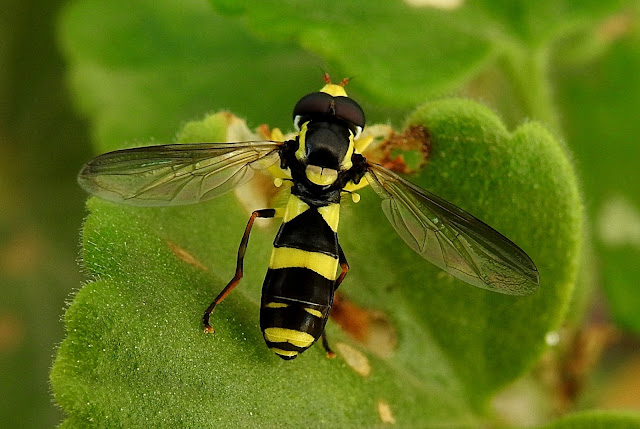The Common moorhen (Gallinula chloropus) is a bird species in the rail family (Rallidae) found across many parts of the Old World. These birds live around well-vegetated marshes, ponds, canals, and other wetlands. The word 'moor' as a part of their name is an old sense meaning marsh.
Common moorhens have predominantly black and brown plumage, with the exception of a white under-tail, white streaks on the flanks, yellow legs, and a red frontal shield. The bill is red with a yellow tip. The young are browner and lack the red shield. The frontal shield of the adult has a rounded top and fairly parallel sides; the tailward margin of the red unfeathered area is a smooth waving line.
Сommon moorhens are widespread across Europe, Asia, and Africa. Populations in areas where the waters freeze, such as eastern Europe, will migrate to more temperate climates. In China, Common moorhens are largely resident south of the Yangtze River, whilst northern populations migrate in the winter. These birds live around well-vegetated marshes, ponds, canals, and other wetlands. They can even be found in city parks and urban areas.
Сommon moorhens are diurnal birds that spend their time swimming or walking along the shore. They forage beside or in the water, sometimes walking on lilypads or upending in the water to feed. They are often secretive but can become tame in some areas. Outside of the breeding season, Common moorhens prefer to spend their time alone; however, during the winter they may gather in groups to feed on sheltered lakes and ponds. To communicate with each other, these birds will give a wide range of gargling calls and will emit loud hisses when threatened.
%2020.jpg)









%2020.jpg)
%2020.jpg)
%2021.jpg)
%2020.jpg)
%2021.jpg)




%2020.jpg)
%2021.jpg)
%2022.jpg)



%2020.jpg)
%2020.jpg)


%20(Sympetrum%20striolatum)%2020.jpg)
%20(Sympetrum%20striolatum)%2021.jpg)








%2019.jpg)
%2020.jpg)
%2021.jpg)




